Archives
- 2025-12
- 2025-11
- 2025-10
- 2025-09
- 2025-03
- 2025-02
- 2025-01
- 2024-12
- 2024-11
- 2024-10
- 2024-09
- 2024-08
- 2024-07
- 2024-06
- 2024-05
- 2024-04
- 2024-03
- 2024-02
- 2024-01
- 2023-12
- 2023-11
- 2023-10
- 2023-09
- 2023-08
- 2023-07
- 2023-06
- 2023-05
- 2023-04
- 2023-03
- 2023-02
- 2023-01
- 2022-12
- 2022-11
- 2022-10
- 2022-09
- 2022-08
- 2022-07
- 2022-06
- 2022-05
- 2022-04
- 2022-03
- 2022-02
- 2022-01
- 2021-12
- 2021-11
- 2021-10
- 2021-09
- 2021-08
- 2021-07
- 2021-06
- 2021-05
- 2021-04
- 2021-03
- 2021-02
- 2021-01
- 2020-12
- 2020-11
- 2020-10
- 2020-09
- 2020-08
- 2020-07
- 2020-06
- 2020-05
- 2020-04
- 2020-03
- 2020-02
- 2020-01
- 2019-12
- 2019-11
- 2019-10
- 2019-09
- 2019-08
- 2019-07
- 2019-06
- 2019-05
- 2019-04
- 2018-11
- 2018-10
- 2018-07
-
In addition to the data provided
2023-12-16
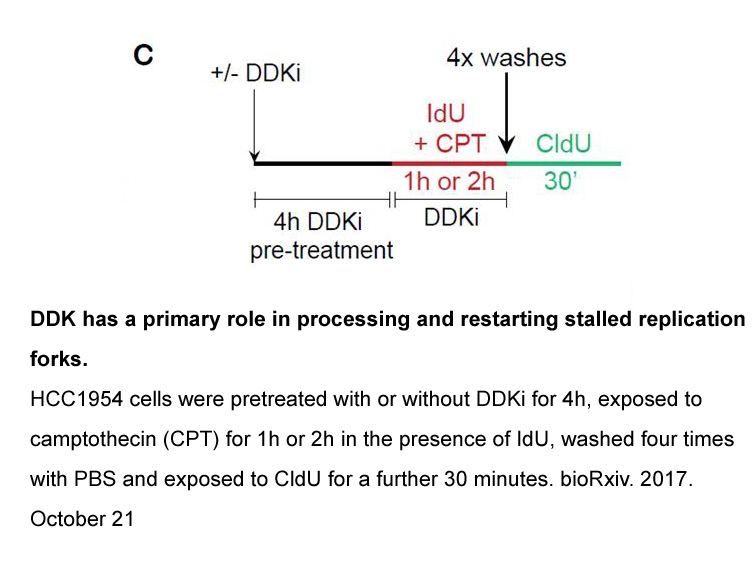
In addition to the data provided by the Ki16425 treatment in the K/BxN arthritis model, new findings from the study of two new LPA receptor antagonists confirm the involvement of the LPA pathway in the pathogenesis of experimental arthritis. In the study by Miyabe et al., the authors reported the tr
-
br Conclusions br Acknowledgments br Introduction To die or
2023-12-16
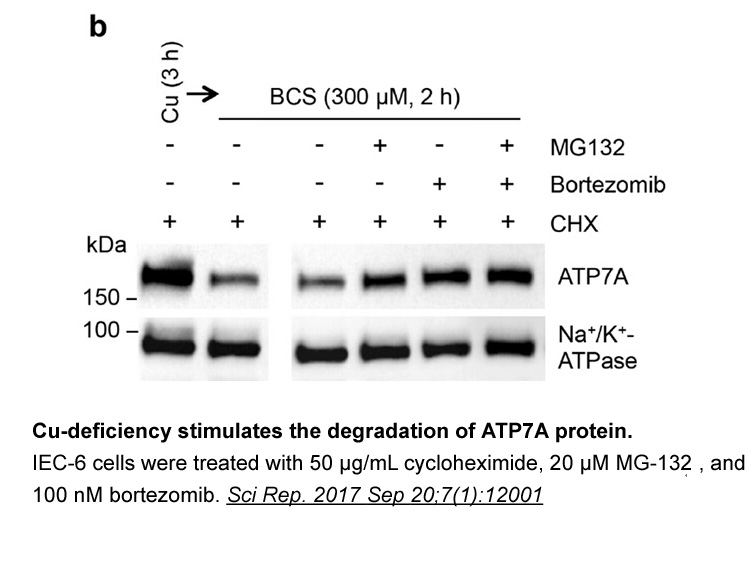
Conclusions Acknowledgments Introduction To die or not to die – that is the question. Christian de Duve created the word “autophagy” in 1960’s for the first time (Klionsky et al., 2016). The word “autophagy” was derived from the Greek roots “auto” (self) and “phagy” (eating) and referred to
-
In the mammalian brain synapse formation is followed
2023-12-16

In the mammalian brain, synapse formation is followed by a period of synapse refinement, and autophagy has been shown to play an important role in this process. For example, Tang and colleagues found that autophagy is required for the developmental pruning of dendritic spines, and that this pruning
-
Based on the results of
2023-12-16
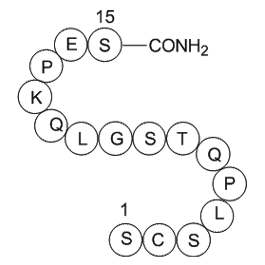
Based on the results of studies done to-date, there are three characteristics that make a letrozole-based protocol attractive for use in cattle: 1) it is steroid-free, 2) it is cost-effective and requires a shorter time and fewer animal handlings than conventional methods (Table 1), and 3) it may ha
-
Since artemisinin shows low solubility and poor oral bioavai
2023-12-16
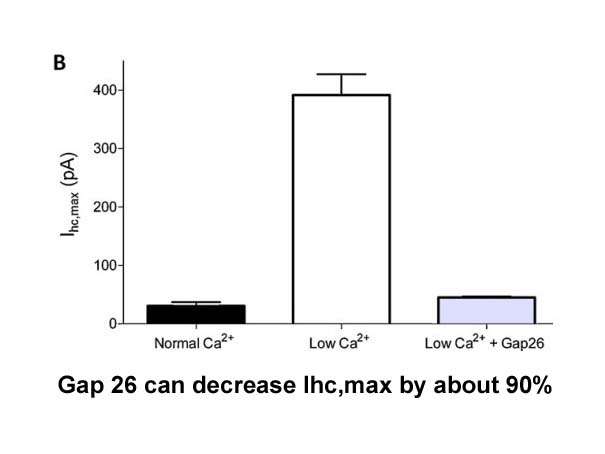
Since artemisinin shows low solubility and poor oral bioavailability [8], [9], derivatizations of artemisinin were carried out and yielded different semisynthetic antimalarial drugs such as artemether and sodium artesunate. Artemether (decahydro-10-methoxy-3,6,9-trimethyl-3,12-epoxy-12H-pyrano [4.3-
-
The specific mechanism and neurotoxic A species are yet to
2023-12-15

The specific mechanism and neurotoxic Aβ induced pluripotent stem cell are yet to be elucidated, however recent studies have provided significant evidence for the amyloid channel hypothesis. These reports have established that relatively small oligomers ( Conflict of interest Acknowledgements
-
Human testicular peritubular cells HTPCs are also the only
2023-12-15
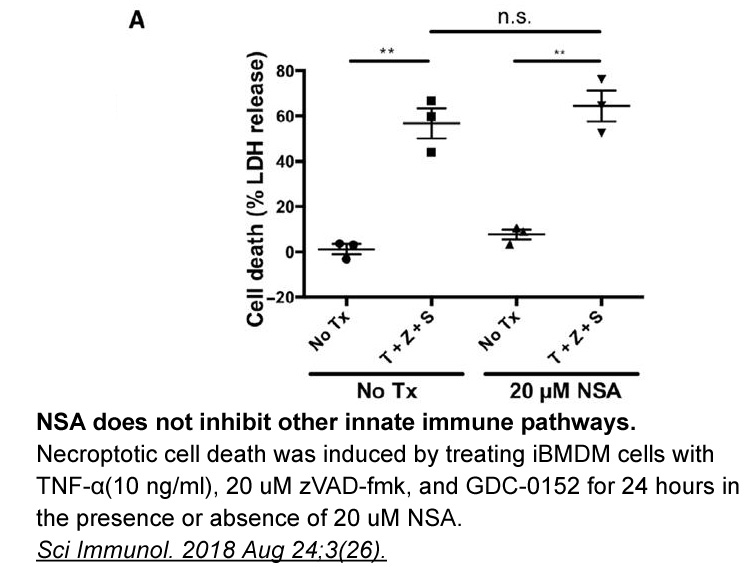
Human testicular peritubular Acitretin (HTPCs) are also the only human testicular cell type that can be isolated, cultured and studied in vitro (Albrecht et al., 2006, Mayerhofer, 2013). Results from recent studies indicate that their roles go beyond sperm transport and include immunological functi
-
br Experimental procedure br Introduction Migraine is a debi
2023-12-15
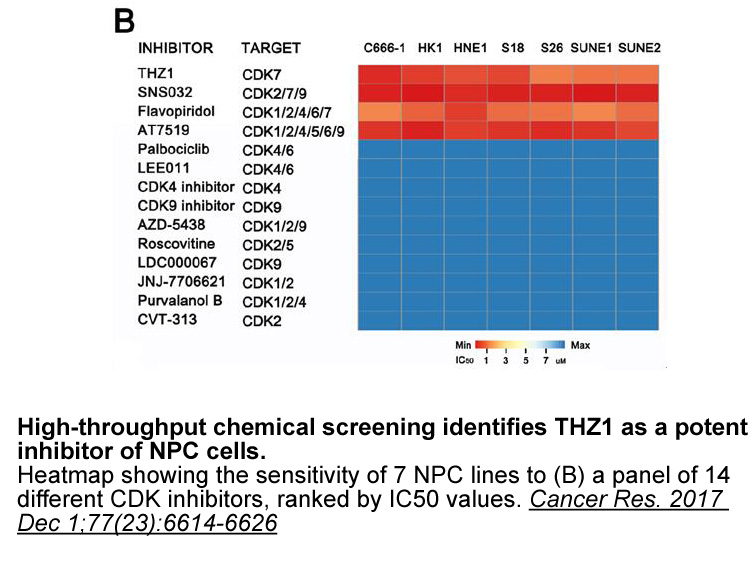
Experimental procedure Introduction Migraine is a debilitating neurovascular disorder characterized by recurring unilateral pulsating headaches of moderate to severe intensity, associated with nausea, photophobia and/or phonophobia, lasting from 4 to 72 h (Headache Classification Committee of
-
br Introduction S http www apexbt com
2023-12-15
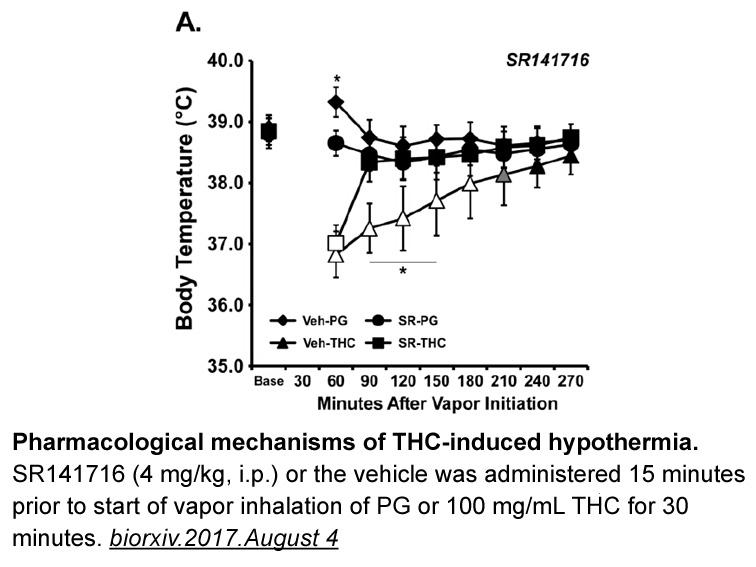
Introduction Systemic lupus erythematosus (SLE) is a group of systemic autoimmune disorders characterized by anti-nuclear Biperiden HCl (ANA), rashes and photosensitivity, joint inflammation, nephritis, and other clinical criteria. SLE develops through the breakdown of three major checkpoints: a
-
br The Molecular Machinery of Autophagy
2023-12-15

The Molecular Machinery of Autophagy and Regulation by Sphingolipids Sphingolipid-Mediated Autophagy in Cancer: Dr. Jekyll and Mr. Hyde Autophagy is an evolutionarily conserved stress response that typically promotes survival and antagonizes apoptosis. However, excessive autophagy was found to
-
DRiPs also contribute to formation of protein aggregates tha
2023-12-15
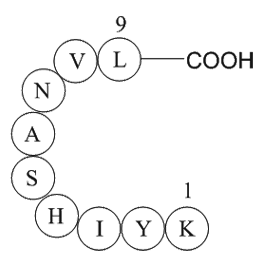
DRiPs also contribute to formation of protein BS-181 that result from dysregulation of proteostasis, during which the proteolytic machinery is unable to process and degrade defective proteins (Tyedmers et al., 2010). Aggregation of poly-ubiquitinated proteins has been observed in different cell typ
-
To introduce in a simple
2023-12-14
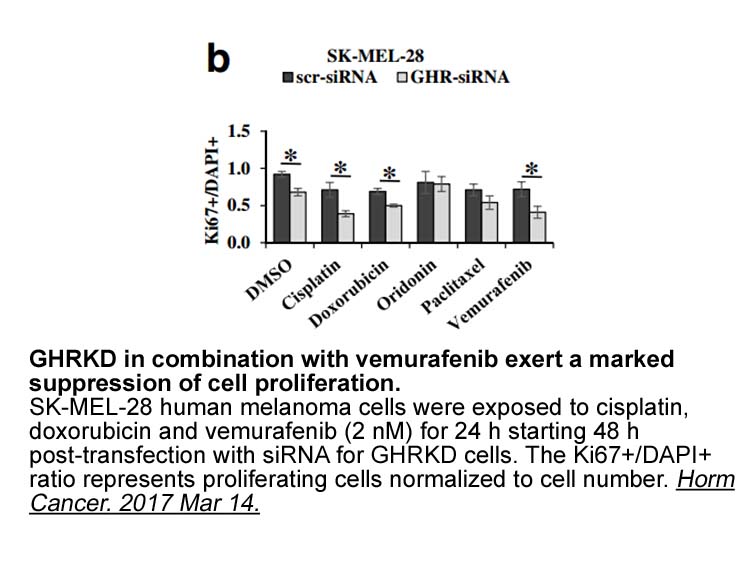
To introduce in a simple way the variability in the concentration of the proteins involved in the process, and to consider possible stochastic effects due to possible finite sizes of the populations involved in the problem, the dynamics of each cell is studied using the Gillespie’s algorithm (Gilles
-
In the QFP rs T allele showed a significant
2023-12-14
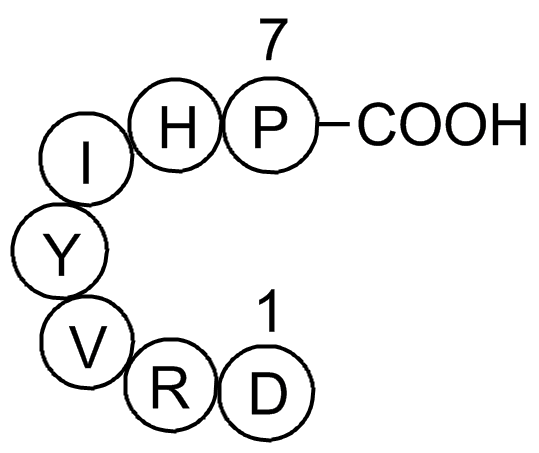
In the QFP, rs2269657-T allele showed a significant correlation with reduced plaque density in frontal cortices (Table 2), strengthening the association with amyloid pathology. The same Sitafloxacin region was shown to exhibit a statistically significant reduction of SREBF2 mRNA levels in rs2269657
-
PFK-015 br Downstream signalling of AKT A consensus phosphor
2023-12-14

Downstream signalling of AKT A consensus phosphorylation motif has been described for AKT substrates: R-X-R-X-X-S/T-B where X represents any amino PFK-015 and B represents bulky hydrophobic residues (Alessi, Caudwell, Andjelkovic, Hemmings, & Cohen, 1996). Numerous AKT substrates have been publi
-
Previous studies to investigate the functions of AHR
2023-12-14
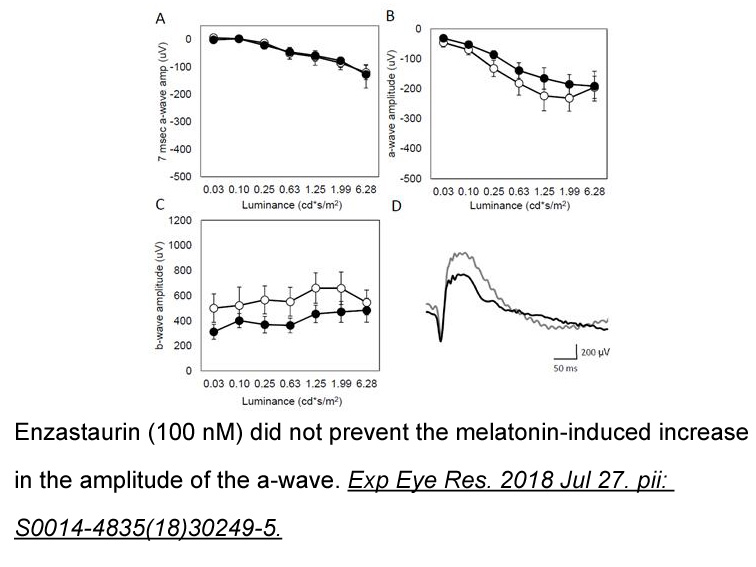
Previous studies to investigate the functions of AHR in Treg Azithromycin have employed a loss-of-function approach, using AHR complete-null mice, or a gain-of-function approach by ligand administration. However, these approaches may confound the interpretation of the results. For example, the broa
16426 records 226/1096 page Previous Next First page 上5页 226227228229230 下5页 Last page